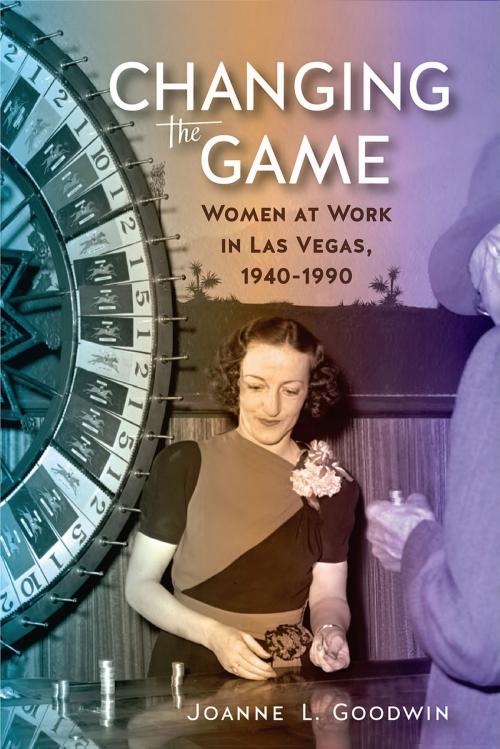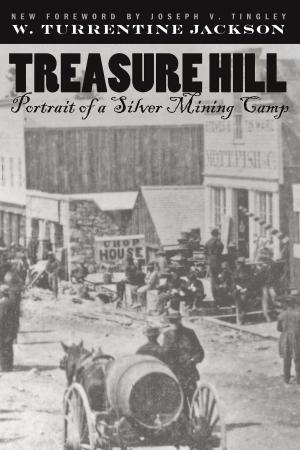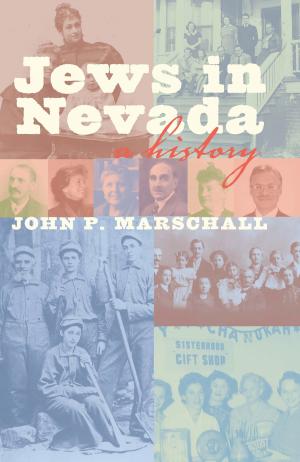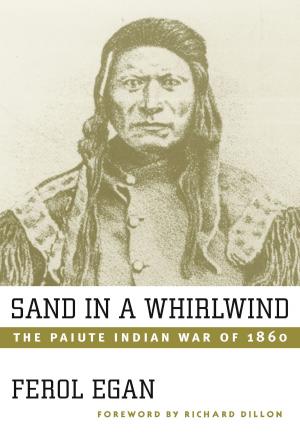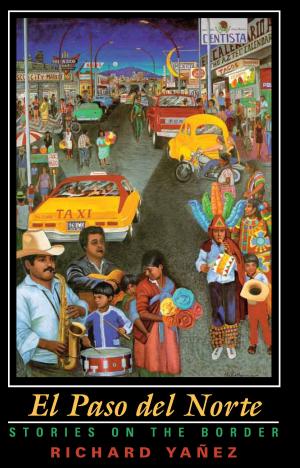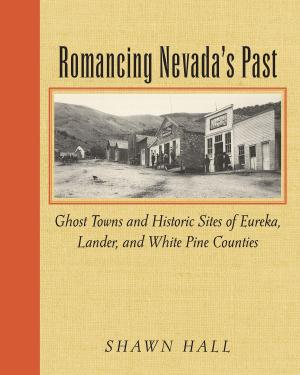Changing the Game
Women at Work in Las Vegas, 1940-1990
Nonfiction, Social & Cultural Studies, Social Science, Gender Studies, Women&, History, Americas, United States| Author: | Joanne L. Goodwin | ISBN: | 9780874179613 |
| Publisher: | University of Nevada Press | Publication: | September 8, 2014 |
| Imprint: | University of Nevada Press | Language: | English |
| Author: | Joanne L. Goodwin |
| ISBN: | 9780874179613 |
| Publisher: | University of Nevada Press |
| Publication: | September 8, 2014 |
| Imprint: | University of Nevada Press |
| Language: | English |
The growth of Las Vegas that began in the 1940s brought an influx of both women and men looking to work in the expanding hotel and casino industries. In fact, for the next fifty years the proportion of women in the labor force was greater in Las Vegas than the United States as a whole. Joanne L. Goodwin’s study captures the shifting boundaries of women’s employment in the postwar decades with narratives drawn from the Las Vegas Women Oral History Project. It counters clichéd pictures of women at work in the famed resort city as it explores women’s real strategies for economic survival and success.
Their experiences anticipated major trends in post-World War II labor history: the national migration of workers during and after the war, the growing proportion of women in the labor force, balancing work with family life, the unionization of service workers, and, above all, the desegregation of the labor force by sex and race. These narratives show women in Las Vegas resisting preassigned roles, seeing their work as a testimony of skill, a measure of independence, and a fulfillment of needs. Overall, these stories of women who lived and worked in Las Vegas in the last half of the twentieth century reveal much about the broader transitions for women in America between 1940 and 1990.
The growth of Las Vegas that began in the 1940s brought an influx of both women and men looking to work in the expanding hotel and casino industries. In fact, for the next fifty years the proportion of women in the labor force was greater in Las Vegas than the United States as a whole. Joanne L. Goodwin’s study captures the shifting boundaries of women’s employment in the postwar decades with narratives drawn from the Las Vegas Women Oral History Project. It counters clichéd pictures of women at work in the famed resort city as it explores women’s real strategies for economic survival and success.
Their experiences anticipated major trends in post-World War II labor history: the national migration of workers during and after the war, the growing proportion of women in the labor force, balancing work with family life, the unionization of service workers, and, above all, the desegregation of the labor force by sex and race. These narratives show women in Las Vegas resisting preassigned roles, seeing their work as a testimony of skill, a measure of independence, and a fulfillment of needs. Overall, these stories of women who lived and worked in Las Vegas in the last half of the twentieth century reveal much about the broader transitions for women in America between 1940 and 1990.
